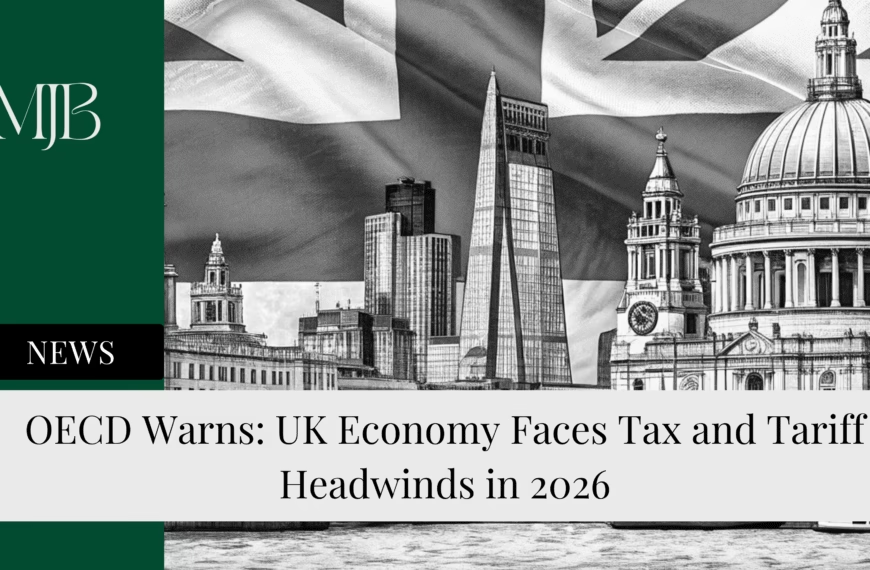Here’s a stat that’ll wake you up: UK defence spending could generate 85,000 new jobs over the next decade. That’s not just good news for job seekers—it’s a massive economic opportunity that could boost the sector’s value by 50%.
The trade body ADS dropped this bombshell ahead of a major defence investment conference, revealing that hitting NATO’s ambitious 3.5% GDP spending target could transform Britain’s defence landscape. We’re talking about adding £23.5bn to the economy and creating opportunities from Plymouth to South Yorkshire.

The Numbers Game: What 3.5% GDP Really Means
Currently, the UK’s defence sector employs around 182,000 people. But if we hit that NATO target? We’re looking at adding another 85,000 direct jobs to the mix.
That 3.5% GDP target isn’t just a number politicians throw around at summits. It represents a fundamental shift in how seriously we’re taking defence investment. The current spending would need to ramp up significantly, but the payoff could be substantial—a 50% increase in gross value added (GVA) by 2035.
Where the Money’s Going: Local Growth Deals
The government isn’t just throwing money at the problem randomly. They’re injecting £250m into local authorities through targeted “growth deals” that focus on areas with real defence potential.
Plymouth, home to Western Europe’s largest naval base, is already on the list. So is South Yorkshire. These aren’t random picks—they’re strategic locations where defence heritage meets future opportunity.

Industry Leaders Weigh In
Kevin Craven, ADS chief executive, makes a compelling case: “Our sector drives social mobility and prosperity through high-tech development partnerships and improvements to civilian life.”
It’s not just about building tanks and jets. Defence innovation has a funny way of trickling down to everyday tech we all use.
William Bain from the British Chambers of Commerce sees bigger picture benefits: stronger supply chains, more efficient procurement, and better preparation for global threats. Plus, it spreads opportunities beyond traditional defence hotspots.
What’s Next: The Investment Push
This week, industry professionals are gathering in South East London to showcase new technology and court investors for smaller companies. Ukrainian officials and major players like Palantir will be there, signalling just how seriously the international community is taking UK defence capabilities.
The focus on SMEs (small and medium enterprises) is particularly smart. These companies often drive the most innovative solutions, and they’re exactly the type of businesses that can scale quickly when given proper support.

The Bottom Line
This isn’t just about military might—it’s about economic opportunity. If the UK can hit that 3.5% GDP target, we’re looking at a transformed defence sector that creates jobs, drives innovation, and strengthens supply chains nationwide.
The question isn’t whether we can afford to invest this much in defence spending. It’s whether we can afford not to.
FAQ
Q1: How realistic is the 3.5% GDP defence spending target?
A: It’s ambitious but achievable if there’s political will. Currently, the UK spends around 2.3% of GDP on defence, so reaching 3.5% would require significant budget increases. However, NATO pressure and global security concerns are creating momentum for higher spending.
Q2: Will these jobs be concentrated in specific regions?
A: Not entirely. While places like Plymouth and South Yorkshire are getting initial focus due to their defence heritage, the government is actively trying to spread opportunities across the UK through local growth deals and supply chain diversification.
Q3: What types of jobs will be created?
A: The 85,000 jobs will span from high-tech engineering and cyber security to manufacturing and project management. The defence sector increasingly needs skills in AI, data analysis, and advanced manufacturing—not just traditional military roles.
Q4: How will this affect taxpayers?
A: The industry argues it’ll deliver “value for money” through economic multiplier effects. Defence spending typically generates additional economic activity beyond the initial investment, plus the civilian technology spin-offs often prove valuable long-term.
Q5: When will we start seeing these job increases?
A: The timeline runs to 2035, so job creation will be gradual. However, with £250m in growth deals already being allocated and conferences attracting international investment, some opportunities should emerge within the next 2-3 years.
DISCLAIMER
Effective Date: 15th July 2025
The information provided on this website is for informational and educational purposes only and reflects the personal opinions of the author(s). It is not intended as financial, investment, tax, or legal advice.
We are not certified financial advisers. None of the content on this website constitutes a recommendation to buy, sell, or hold any financial product, asset, or service. You should not rely on any information provided here to make financial decisions.
We strongly recommend that you:
- Conduct your own research and due diligence
- Consult with a qualified financial adviser or professional before making any investment or financial decisions
While we strive to ensure that all information is accurate and up to date, we make no guarantees about the completeness, reliability, or suitability of any content on this site.
By using this website, you acknowledge and agree that we are not responsible for any financial loss, damage, or decisions made based on the content presented.






